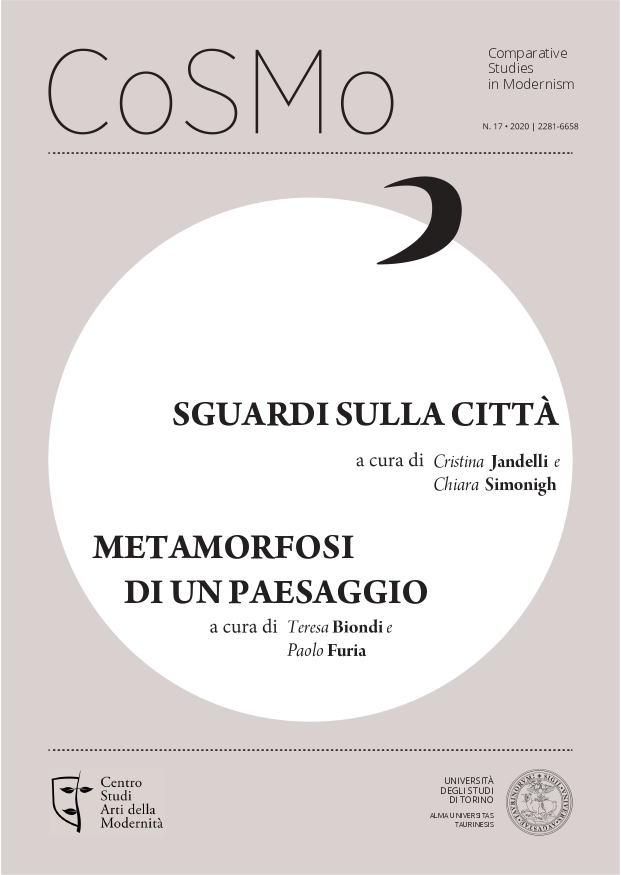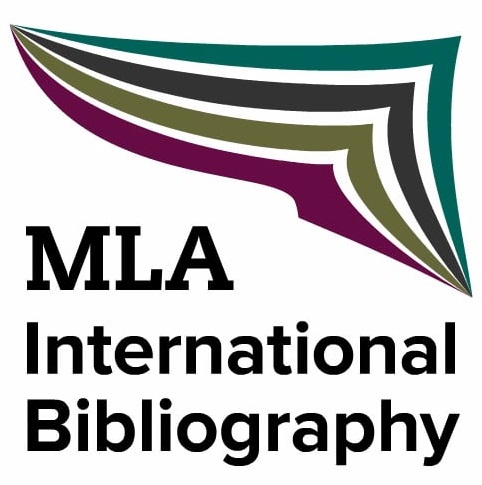Inside the Landscape
Immersion or Kinesthesis?
DOI:
https://doi.org/10.13135/2281-6658/5444Keywords:
Landscape, Subjectivity, Dynamism, Heritage, IdentityAbstract
Though structures of feeling are always hard to pin-point, a shared feeling that the last three or four decades have witnessed a radical change in the way we perceive our visible world is equally hard to deny. This holds especially true in the case of traditional notions of landscape. In this essay, I will first identify a few signs or clues pointing to recent new ways of seeing and perceiving places, then, I will work out a few general trends, and in the end, I will try to synthesize three models of landscape that, in my view, increasingly shape our perceptions. My clues will include three clusters: the changed attitudes one displays vis-à-vis visual technologies; the new ways in which tourists behave and the new travel-guides that give form to their tastes and choices; the senses that have replaced sight in defining landscape, especially with the rise of the notion of soundscape. Three trends can be inferred from such clues: first, our landscape is steadily made dynamic both by highlighting the pathways one can follow in it, and by representing it in motion; secondly, objective landscape observation and representation have been replaced by an appropriating attitude endowing landscapes with identity claims. As a result, three models of landscape ensue: an environmental landscape, a puzzle-landscape, and finally, a traditional landscape.
Downloads
Downloads
Published
Issue
Section
License
Authors keep the copyrights for their work and give the journal the work’s first publication copyright, which is at the same time licensed under a Creative Commons License – Attribution, which in turn allows other parties to share the work with an acknowledgement of the work's authorship and initial publication in this journal.
Content Licence

You are free to copy, distribute and transmit the work, and to adapt the work. You must attribute the work in the manner specified by the author or licensor (but not in any way that suggests that they endorse you or your use of the work).
Metadata licence

CoSMo published articles metadata are dedicated to the public domain by waiving all publisher's rights to the work worldwide under copyright law, including all related and neighboring rights, to the extent allowed by law.
You can copy, modify, distribute and perform the work, even for commercial purposes, all without asking permission.





